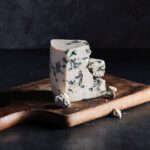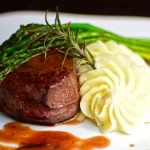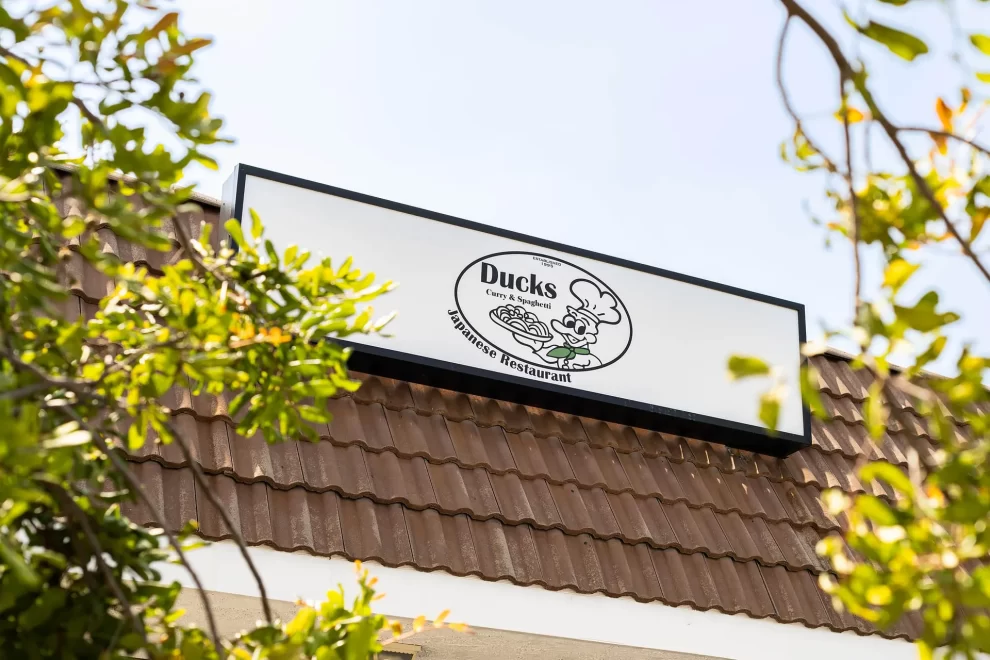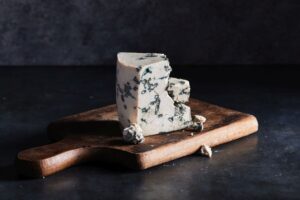First-time visitors to Ducks won’t know exactly what they’re getting into. With an inconspicuous name that doesn’t automatically conjure up a restaurant and a quiet location in a sleepy San Gabriel strip mall, Ducks can feel a bit like a mystery. But look through the glass door to find a cozy, 10-table dining room filled with the aromas of bubbling curry and fried tempura that have beckoned diners for over 25 years.
Natsumi Saeki was 7 years old when her parents, Midori and Shojiro, took over an Indian restaurant called Silver Spoons and opened Ducks in 1995. The restaurant began with a small menu of Japanese homestyle dishes, like warm bowls of fried pork cutlet and curry, broiled unagi served over rice, and soba noodles accompanied by towering plates of tempura with a popcorn-like batter.
Oddly, duck has never appeared on the menu at Ducks. “We lived really close to Almansor Park and we used to go all the time to feed the ducks,” says Saeki. “When my dad opened [the restaurant], it was like our family was feeding the ducks.” The duck statues in the dining room and rubber ducks lining the restaurant’s windows are a nod to this childhood memory and the restaurant’s origin story.
:no_upscale()/cdn.vox-cdn.com/uploads/chorus_asset/file/24695096/2023_05_11_Ducks_030.jpg)
:no_upscale()/cdn.vox-cdn.com/uploads/chorus_asset/file/24695097/2023_05_11_Ducks_022.jpg)
:no_upscale()/cdn.vox-cdn.com/uploads/chorus_asset/file/24695098/2023_05_11_Ducks_028.jpg)
Diners flocked to Ducks from the get-go, even though the Asian community — and specifically the Japanese American community — in San Gabriel was less prominent than it is today. (Asians comprised 30 to 40 percent of the city’s demographic in the mid-1990s versus 60 percent in 2022.) “We didn’t do any advertisements; it was strictly word of mouth,” Saeki says. During that time, the perception of Japanese food was often limited to sushi, but Saeki’s father, Shojiro, wanted to serve customers what Japanese families ate at home. “The menu items are all my dad’s recipes, but my mom made them extra-special,” Saeki says, with love, care, and attention.“We lived really close to Almansor Park and we used to go all the time to feed the ducks.”
The food hasn’t changed much since Ducks’ humble beginnings. Standbys from Shojiro’s original menu include imported Japanese spaghetti served with a tomato or curry sauce and teishoku (traditional set meals) prepared with fried shrimp, pork, or rib-eye. Combination lunch and dinner menus were added half a dozen years ago to provide more economical options. The combo meals with cold or hot soba noodles come with tempura or a small serving of curry rice, while the udon includes a mini katsudon. The dependable consistency of Ducks’ standards keeps diners returning time and again. Even the simple cabbage salad that accompanies every meal is something to look forward to.
With its hodgepodge decor that features a bookshelf of manga and framed photos of the family cat, Chibi, Ducks is a home away from home for many and a second home for Saeki. “My aunt worked here, my cousin worked here — it was a whole family ordeal,” she says. “Customers would come in and help [me and my sister] with our homework.” A few of the restaurant’s original employees are still around.
When Saeki’s parents voiced their interest in retiring in 2015 — and floated the possibility of selling the restaurant — she didn’t hesitate to take over the business even though she already had a career in health care administration. “I never thought about it. I just quit my other job.”
Returning to restaurant life felt like both a homecoming and an insurmountable challenge for Saeki, who only worked on weekends during college and left the restaurant altogether to pursue her career following graduation. The transition was gradual initially as Shojiro was a stickler for maintaining his recipes and had difficulty relinquishing control, says Saeki. But when her mom suffered a stroke in 2017, Saeki knew it was time to take charge. The restaurant is doing better than ever 28 years in, with longtime customers and new faces dining together daily.
Despite knowing the ins and outs of her second home, operating Ducks solo didn’t come without growing pains. Although Saeki mastered working the front of house throughout childhood, she needed to learn how to decipher her parents’ old-school accounting ledger and adjust to the physical toll of kitchen labor. Saeki’s greatest anxiety was pinning down Shojiro’s recipes and teaching new kitchen staff how to execute them with precision.
In addition to those hurdles, Saeki was also concerned about meeting the expectations of regulars. “That was my biggest fear, that I was going to lose a lot of customers because they were no longer going to see my mom and dad in the kitchen,” she says. “But that wasn’t the case.” Loyal customers who saw Saeki grow up continued patronizing Ducks for their fix of Japanese comfort food and for dishes that tasted exactly as they remembered.
:no_upscale()/cdn.vox-cdn.com/uploads/chorus_asset/file/24695090/2023_05_11_Ducks_015.jpg)
The restaurant’s consistency and dedicated fanbase have proved critical during the pandemic. As a boon during this time, a popular Facebook group called SGV Eats urged its community to support Ducks by ordering takeout. Although San Gabriel’s strict outdoor dining regulations and the restaurant’s financial constraints kept Saeki from building a patio, customers didn’t mind carrying out boxes of karaage and Japanese spaghetti to dine in their cars or on unofficial picnic tables in the parking lot. “It was really cool because not only did [SGV Eats] save us through COVID, but it also boosted us for the following year because it introduced many new customers,” Saeki says.
The restaurant is doing better than ever 28 years in, with longtime customers and new faces dining together daily. Saeki even carved out enough time in her schedule to return to her health care administrative job as a consultant, juggling the restaurant and the career she went to school for.
Midori and Shojiro still stop in occasionally as customers — and despite years of owning the restaurant, they don’t receive special treatment. Saeki recalls an incredibly proud moment when they visited during a busy dinner service. With a deep waitlist, Saeki gave her parents the option of waiting for a table or ordering takeout. They took their order to go without much fuss and her mother sneakily heisted a few beers from the fridge on the way out. At that moment, when both Saeki and Ducks were thriving, any doubts that Saeki’s parents had about their daughter running the restaurant evaporated. It’s a moment she’ll never forget.
Source: Eater Los Angeles































